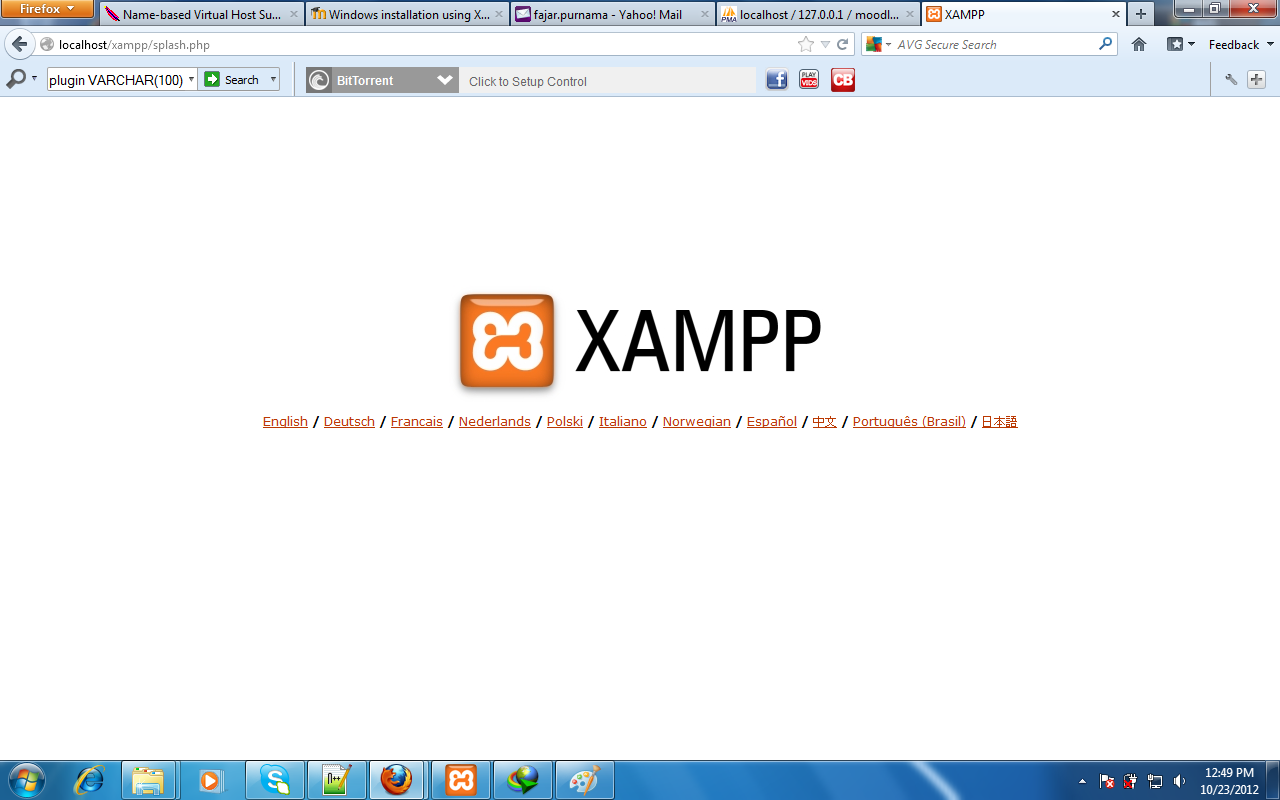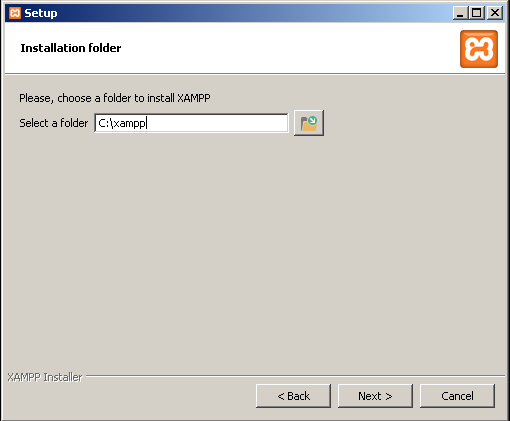

- Xampp install second wordpress in subdirectory how to#
- Xampp install second wordpress in subdirectory update#
- Xampp install second wordpress in subdirectory windows#
While option one may sound like the easier option, the downside is that since you’ll be working with a larger file you are more likely to run into issues when importing your databases into your new XAMPP installation. The second option is to export each database individually. The first option is to export all of your databases in one SQL file. You have two different options when it comes to exporting your databases. There are several ways to launch phpMyAdmin: by using the link in the XAMPP dashboard that appears at by clicking Admin in the MySQL row in the XAMPP control panel, or by just typing into your browsers address bar. I created a backup folder called XAMPP Backup on my desktop and copied all of the files I wanted to keep directly into this folder.įire up XAMPP control panel if it isn’t already running and head to phpMyAdmin. In my case, I wanted to keep all of my websites files except for those that were part of the XAMPP installation: dashboard, img, webalizer, xampp, and so forth. To backup the files you wish to keep, create a new folder and copy the files you wish to keep into the new folder. Take a look at the htdocs directory and determine which websites files you wish to keep. If you have more than one WordPress installation or website set up in this folder you’ll have a subdirectory for each installation or website. Step 1: Backup Website FilesĪll of your XAMPP website files live inside of the \xampp\htdocs\ directory.
Xampp install second wordpress in subdirectory update#
The software update process will be the same, but you’ll need to take steps to ensure you don’t lose any website data in the process. However, if you’re using the XAMPP’s Tomcat server for Java development, all bets are off. So if you’re using XAMPP for WordPress, PHP, and general front-end development, you’re in the right place.

This process should work like a charm for moving WordPress sites, static websites built with HTML, CSS, and JavaScript, and any other PHP and MySQL websites. So what’s a WordPress developer to do? Luckily, you read WPMU DEV and this tutorial will you through the process of updating XAMPP without losing a single one of your WordPress websites.

If your web server is running PHP 5.6, you’ll avoid any PHP surprises cropping up when you migrate a website by running the same version in your local development environment. New versions of XAMPP are available running PHP 5.6 and even PHP 7.Īnother reason to update is that you should always try to use the same version of PHP in your development environment and live on the web server. Since XAMPP doesn’t update automatically, if you’ve been using XAMPP for a couple of years you’re probably running a badly outdated version of PHP. The biggest reason to update XAMPP is to get access to a newer version of PHP. This might leave you wondering why you’d bother updating XAMPP at all.
Xampp install second wordpress in subdirectory how to#
Go looking for official documentation on how to upgrade to the latest version of XAMPP and you won’t find any. One of the byproducts of this arrangement is that things you would expect a commercial project to offer – such as detailed documentation – aren’t available for XAMPP. As such, it doesn’t have corporate backing and plenty of financing. You might be asking yourself, “Why not just follow the official documentation”? And that’s a very reasonable question. In this tutorial, I’ll walk you through the process so you can get XAMPP up-to-date with minimal hassle – and without tearing your hair out. There’s nothing automatic about it, and you can go ahead and plan on hitting a few bumps along the way.
Xampp install second wordpress in subdirectory windows#
Note : if your windows is not installed on the C-drive change the c:\ into the correct drive letter of your install.There are a lot of things to love about XAMPP, but the update process is not one of them. The file can be located in C:\windows\system32\drivers\etc

Now in order to be able to call the website in your web browser you need to adjust the host file of your windows install. Options Indexes FollowSymLinks Includes ExecCGIĬustomLog "logs/wp.dev-access.log" commonĬustomLog "logs/" commonĢ) Change the windows host file.


 0 kommentar(er)
0 kommentar(er)
